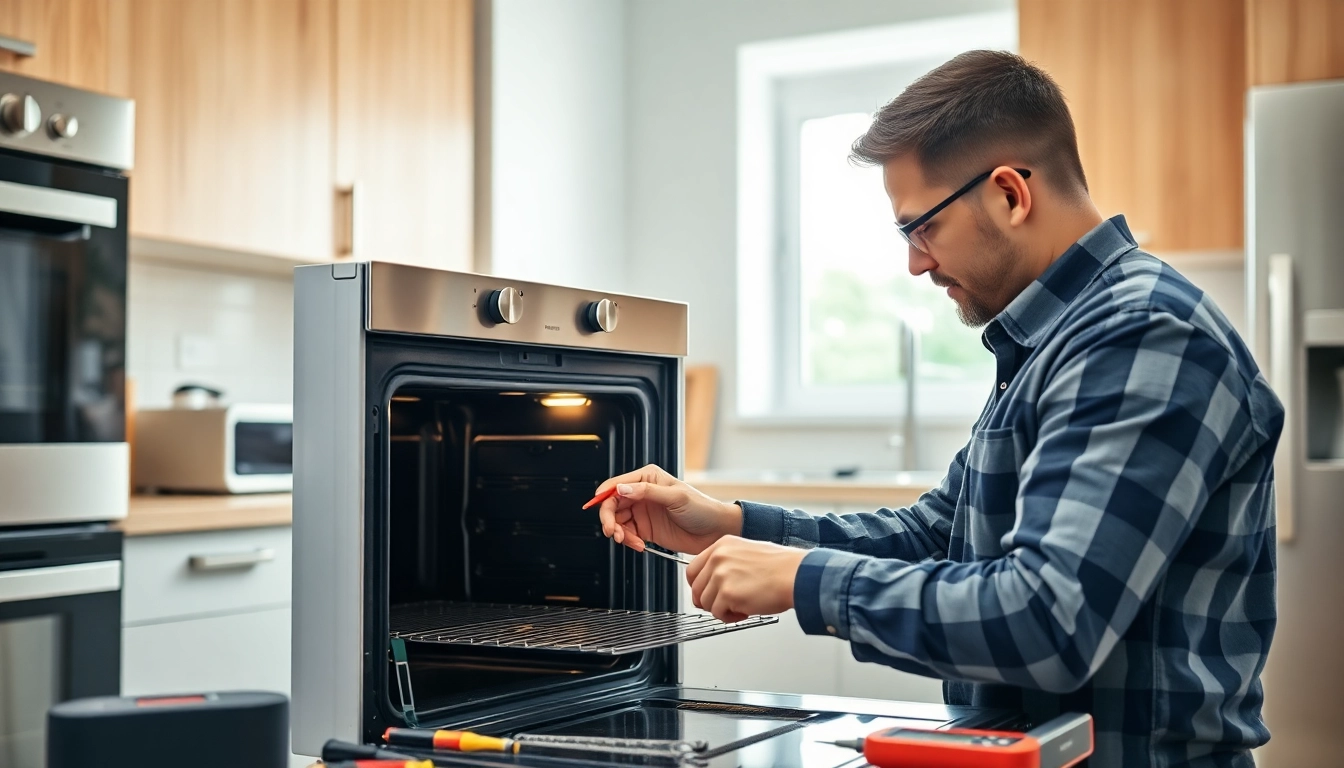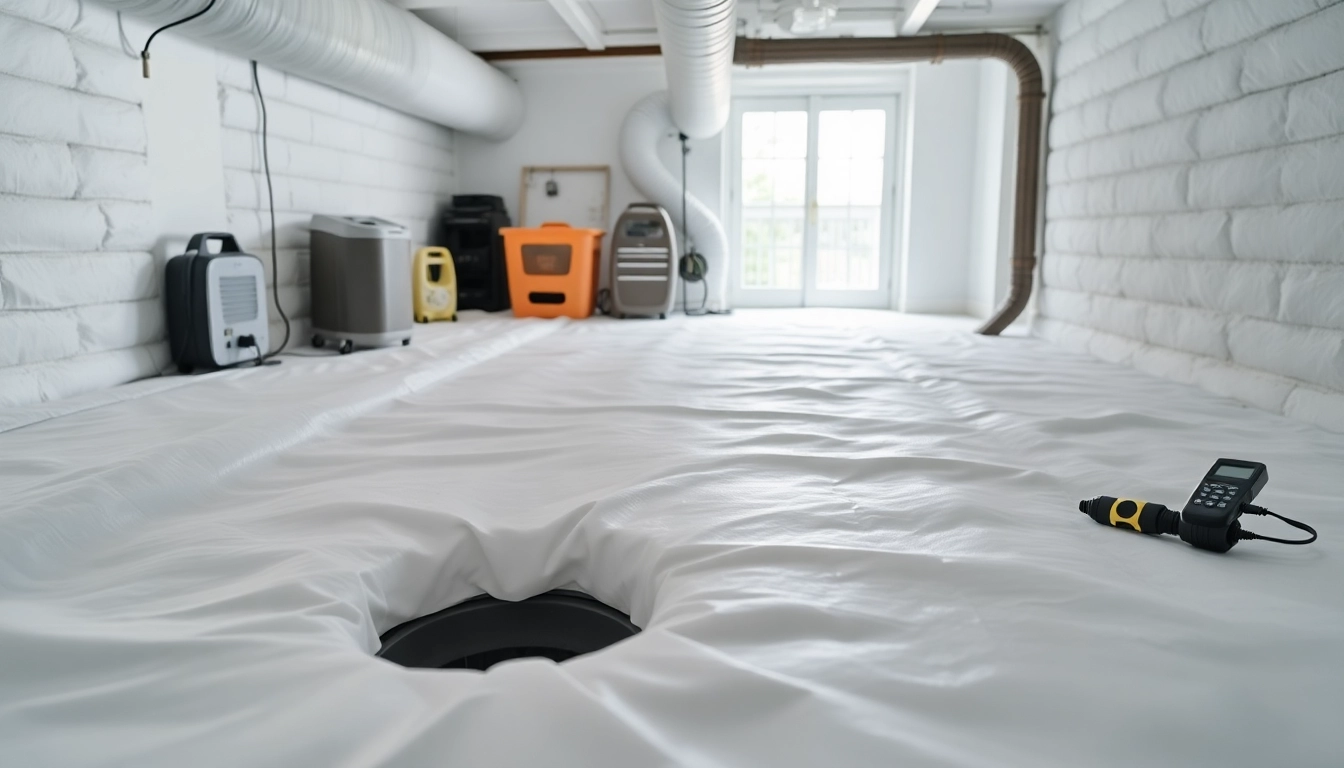Expert Tips for Effective Oven Repair and Maintenance
Understanding Common Oven Issues
Identifying Symptoms of Oven Malfunctions
Every homeowner values an oven that operates flawlessly. However, various malfunctions can disrupt its performance when least expected. Identifying symptoms of these issues is crucial for effective oven repair. Common signs include inconsistent heating, which may manifest as food not cooking evenly or taking significantly longer to bake. Strange noises, like buzzing or clicking, can also indicate underlying problems, possibly involving the oven’s components or electrical connections.
Typical Causes Behind Oven Repair Needs
Understanding the root causes of oven malfunctions can drastically improve repair effectiveness. Issues such as faulty heating elements should be addressed first. These components are vital for ensuring efficient cooking. Additionally, malfunctioning thermostats can lead to temperature discrepancies, affecting the overall cooking process. An obstructed vent can also disrupt airflow, leading to uneven cooking and increased energy consumption.
Safety Precautions for Oven Repair
Repairing your oven can pose safety risks, making it essential to observe strict precautions. Always disconnect the oven from the power source before performing any repairs. Ensure that any damaged components are adequately replaced to prevent electrical hazards. Additionally, wear appropriate safety gear, such as gloves and goggles, to protect against injuries from sharp edges or electrical shock. It’s wise to review the oven’s user manual for specific safety guidelines related to your model.
Tools and Equipment for Oven Repair
Essential Tools Every Technician Should Have
Effective oven repair requires a comprehensive toolkit tailored to tackling various issues. Essential tools include a multimeter for electrical diagnostics, screwdrivers for disassembly, and pliers for grasping or pulling components. Additionally, a socket set allows for flexibility when dealing with different bolt sizes. Having a reliable flashlight is beneficial for illuminating dark areas within the oven, making access to components easier and safer.
Using Diagnostic Tools for Accurate Repairs
Diagnostic tools play a pivotal role in identifying specific faults within an oven. A multimeter, for instance, can measure voltage, ensuring components receive the correct electrical supply. Thermal imaging devices can help pinpoint hot spots or cold areas within the oven, highlighting issues with insulation or heating elements. Properly utilizing these tools can elevate the precision of repairs, ultimately saving time and effort.
Maintenance Equipment for Long-lasting Performance
To facilitate long-lasting oven performance, certain maintenance equipment is essential. Regular cleaning supplies, such as non-abrasive cleaners and scrub pads, can prevent the build-up of grease and grime that hinders efficiency. A vacuum specifically designed for appliances can help remove debris from vents and elements, ensuring optimal airflow. Investing in quality maintenance equipment can lead to enhanced performance and longevity of your oven.
DIY Oven Repair Techniques
Step-by-Step Guide for Common Repairs
Embarking on DIY oven repairs can be straightforward with the right approach. Start by diagnosing the problem based on symptoms observed. For instance, if the oven is not heating, check the heating element first. Remove the cover, disconnect the power, and test the element with a multimeter. If it’s faulty, replacing it is typically a simple matter of unscrewing the old element and attaching the new one. Always follow manufacturer instructions for specific repair steps.
When to Call a Professional for Oven Repair
While DIY repairs can be effective for common issues, certain situations warrant professional intervention. If you encounter persistent electrical problems, such as frequent tripping of circuit breakers or issues with the thermostat that you cannot resolve, it’s safer to consult a technician. Additionally, if your oven shows signs of gas leaks, it is critical to contact a professional immediately to avoid hazardous situations.
Cost-saving Tips for DIY Repairs
DIY repairs can significantly reduce appliance repair costs. Before beginning any repair, research and gather information on common issues and fixes related to your oven model. Utilizing online resources, such as instructional videos or forums, can provide insight and guidance. Additionally, purchasing parts directly from manufacturers or reputable suppliers rather than through service companies can lead to financial savings. Maintaining a well-equipped toolbox ensures you’re prepared for any future repairs, further extending your savings.
Preventive Maintenance for Ovens
Routine Cleaning and Maintenance Practices
Preventive maintenance is vital for keeping your oven in peak condition. Regular cleaning should include wiping down surfaces and ensuring that the oven’s interior is free of food debris and grease, which can lead to function issues. Additionally, checking and replacing filter systems, if applicable, can enhance airflow and efficiency. Scheduling periodic deep cleans, following manufacturer instructions, will ensure your oven remains sanitized and operational for longer.
Signs That Indicate Preventive Care Is Needed
Being proactive in oven maintenance can prevent unexpected breakdowns. Signs indicating that preventative care is necessary include unusual odors, which may suggest built-up residue or electrical issues. Frequent temperature fluctuations during cooking can point to malfunctioning sensors or heating elements. Observing any rust forming on external components can indicate moisture accumulation and potential decay, which should be addressed promptly.
Maximizing the Life of Your Oven with Care
Maximizing your oven’s lifespan hinges on proper care and maintenance. By creating a routine check-up schedule that includes inspecting cords and plugs for signs of wear, and ensuring components are clean and functioning correctly, you can significantly enhance its longevity. Using the oven within its recommended capacity and avoiding aggressive cooking methods can also prevent undue wear and tear.
Understanding Your Oven’s Manual and Features
Interpreting the User Manual for Repair Guidance
Consulting the user manual provides invaluable information tailored to your oven’s specific make and model. Manuals often include troubleshooting guides, diagrams, and safety instructions crucial for effective repairs. Learning to interpret error codes and understanding the functionality of various features can save time and lead to more accurate repairs. Keeping the manual in an easily accessible location encourages regular reference and better understanding of your appliance.
Maximizing Features to Enhance Oven Performance
Modern ovens come equipped with various features designed to enhance cooking efficiency and performance. Utilizing advanced settings, such as convection baking, can lead to better heat distribution and more consistent results. Additionally, programs for self-cleaning can ensure that the oven remains in pristine condition with minimal effort. Familiarizing yourself with these features empowers you to optimize your cooking experiences and maintain your oven’s health.
Common Misunderstandings About Oven Functions
Many users harbor misconceptions about oven functionalities that can lead to misuse. For example, some believe that setting the oven to a higher temperature will accelerate cooking times, which often results in unevenly cooked food. Another common misunderstanding is the importance of preheating; skipping this step can negatively impact baking results. Addressing these misunderstandings through proper guidance can improve both the cooking experience and the appliance’s performance.














Post Comment